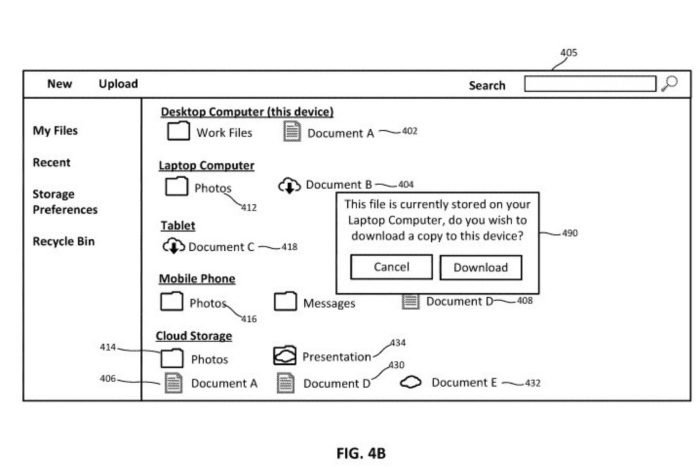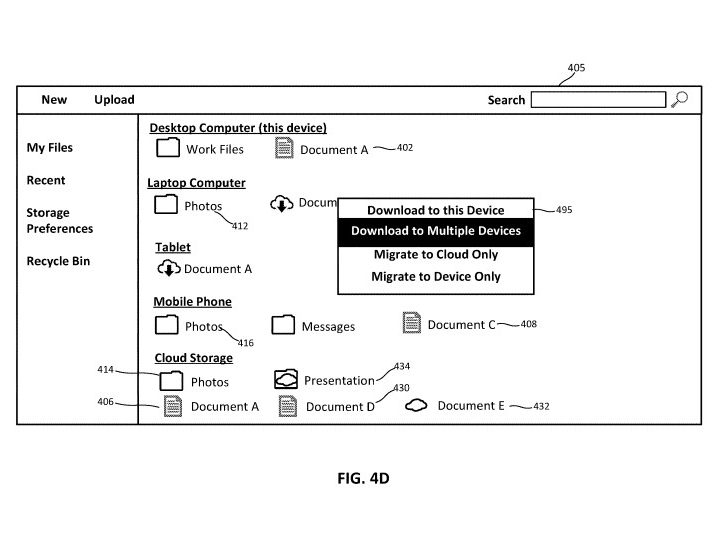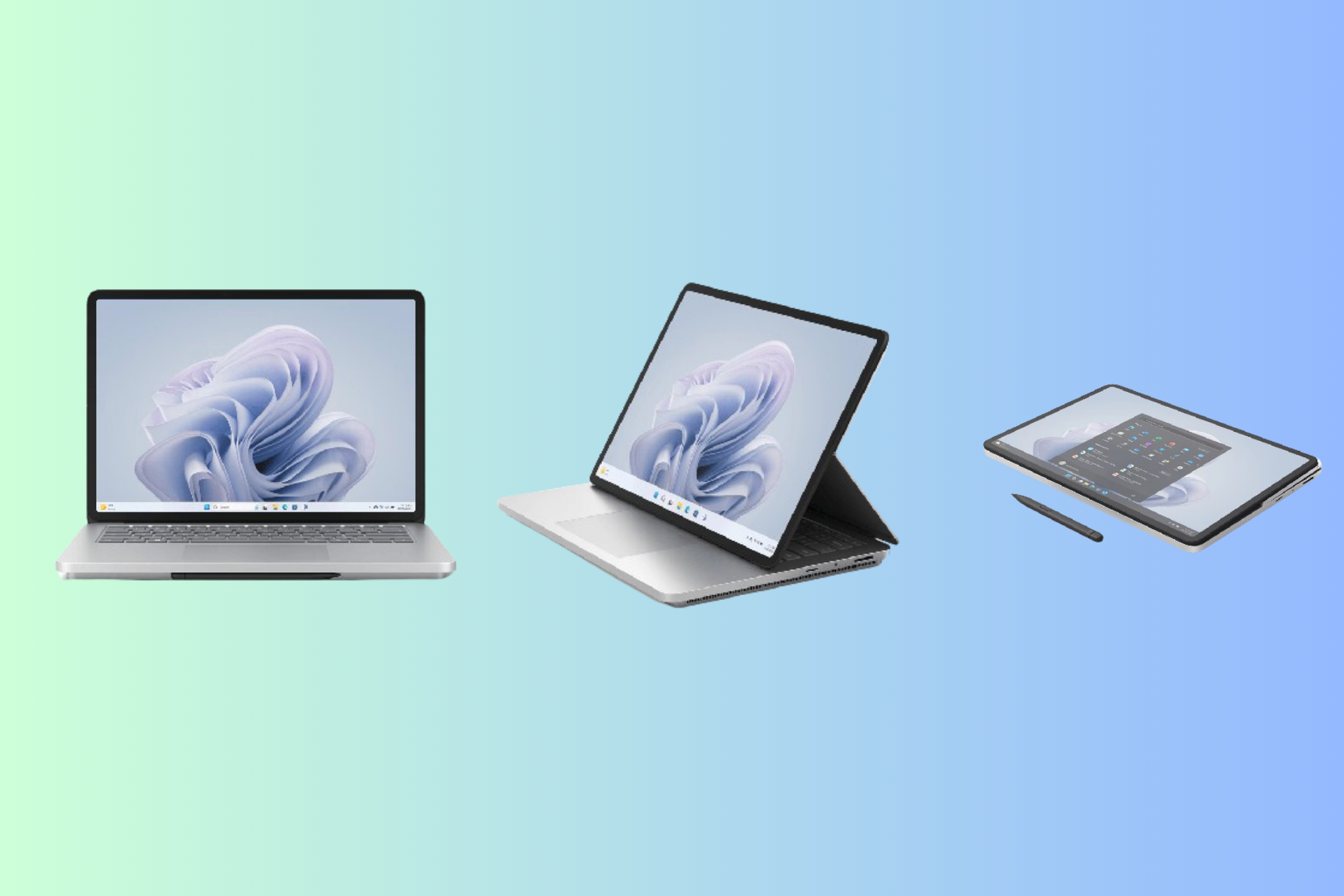Microsoft is working on a system that automatically finds local files and transfers them between devices
The system could be the future of OneDrive, Microsoft Teams, or even Windows.
3 min. read
Published on
Read our disclosure page to find out how can you help Windows Report sustain the editorial team Read more

There are a multitude of ways to transfer files between multiple devices nowadays, but all of them require a manual upload of the said file in a cloud system, such as OneDrive. Once there, as long as the other devices have access to the same OneDrive account, the user can easily get their files across their desktops, laptops, tablets, mobile phones, and so on.
However, it seems that Microsoft might soon release a system that automatically finds local files and transfers them between different devices. The technology, described in a patent published recently by the Redmond-based tech giant, seeks to address the limitation of the current cloud-based platforms.
There is a need for improved systems and methods that provide a technical solution for synchronizing hierarchical information among client devices without automatically synchronizing the files and folders.
In other words, the patent envisions a system that keeps track of files and folders on different devices used by a user.
It syncs their topological and metadata information across all devices by scanning and mapping them, without uploading the files and folders to the system.
Instead, it works this way: if a device asks for a file that is stored on another device, the system asks the second device to upload the file. Once the file is uploaded, the first device can download it.
The request processing unit receives requests from a client device or the application service to upload or download one or more files or folders. An upload request indicates that the one or more files or folders are to be uploaded and stored in the file datastore of the file services platform and/or pushed out to one or more other client devices. A download request indicates that one or more files or folders are to be downloaded from the file services platfrom to the client device.
This system can be used on different devices. We’re talking about portable electronic devices, mobile phones, tablet computers, laptops, desktops, digital assistants, AI assistants, portable game consoles, and standard game consoles, but not limited to them.
The system can also have multiple designated users that can access the network and transfer files between devices at will. The patent describes it as being capable of running a web browser to access different files right within the platform, and Microsoft envisions it as a collaborative platform, as well, with users being able to consume, create, share, collaborate on, and/or modify content, according to the patent, which can be read here.
The system is quite revolutionary because it doesn’t require users to manually upload files and folders to the cloud service. Instead, it automatically scans all devices connected to it and uploads the metadata of their files and folders, which is enough to figure out where these files are located. The system also automatically syncs the metadata, meaning it will regularly update itself to be aware of any changes made to local files and folders.
The user then can explore each device connected to the system and download the preferred file on a certain device.
This could be the future of OneDrive, or Microsoft Teams, but the Redmond-based tech giant might release the system as a Windows feature, with Copilot being able to retrieve a file from your mobile device to your Windows device in just a matter of seconds.








